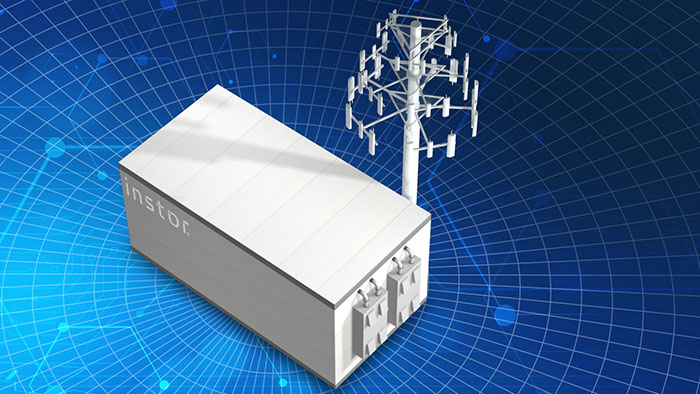
Living On The Edge
What will living on the edge be like? As in, living in the world of edge computing?
The short answer is it will be much of the same. Just better.
First of all, the market comes up with these terminologies that continue to confuse the industry. Edge computing is nothing other than distributed computing whereby you’re bringing computing closer to the user.
Why you’re doing this is so the user is able to access information quicker in an edge computing environment than they were before.
This is because we live in a world of milliseconds. The architecture that existed before and would be practiced today is between 15 to 30 millisecond response time.
That’s granted you’ve got fast enough internet speed, but even those requirements are shifting rapidly. We’ve got more connected devices than we did just a year ago. We’ve got applications that reside on these connected devices.
The more pressure and congestion there is on these networks, the more edge computing will be necessary.
Think about it. We are looking at autonomous vehicles. We’re looking at the Internet Of Things (IOT). We are looking at Machine Learning. We are looking at robotic process automation. We’re looking at capturing information from anything that is in our life. This is anything that’s got a connected data point.
For instance, an Apple iWatch is a perfect example or a Fitbit is another example. They are giving us data that we didn’t have before and data that we actually didn’t even think about capturing before.
So what does that mean? There’s an exponentially growing amount of data and moving that data through our current infrastructure at the speed that’s required is not possible.
Hence, the importance of edge computing.
What is edge computing? It’s simply locating mission critical data centers closer to the geographical locations that need them.
Through this, you can get to data and share data quickly closer to the user because that’s where all the action is happening. It’s distributed computing.
In many ways, edge computing is already occurring. It also won’t change our current data center structures. Data will continue to feed back into the massive data centers and the co-location facilities that exist now.
Edge computing will allow enhanced application performance in targeted areas. It will augment rather than replace.
These augmenting edge data centers could be private or public cloud, they could be mini data centers located within cities or could be a full-scale data center.
It could be anything that we wanted and is a derivative of how much computing capacity is required to process the information of that local geography. So, it could be as simple as targeted additions, or data performance boosts, according to zip code or a city or the county.
As you can imaging, edge computing in San Francisco is going to be a lot different than edge computing in Lake Tahoe. Where these additional edge computing investments will be put in place will be driven by population bases, numbers of devices, and the sophistication of use within certain areas.
Clearly, farming towns will have less need for edge computing than manufacturing locations with high level Internet Of Things applications.
Regardless of all of the enthusiasm about the potential of edge computing, and it’s increasing need in our rapidly expanding technological environment, it’s important again to be clear about what it is.
Edge computing is distributed computing. It’s essentially targeted data centers. And, although it should be considered in all of your planning, it won’t be replacing your traditional data center infrastructure.
Yet, one thing is certain. More and more, when it comes to edge computing, we will all be living on the edge.
“More and more, when it comes to edge computing, we will all be living on the edge.”
instor solutions
the instor difference
INSTOR SOLUTIONS: Founded in 1996, Instor is a global leader in data center design, build, management, structured cabling, power infrastructure, data center moves & migration, specialized containment, and cooling solutions. Instor has designed and installed infrastructure solutions for high-growth startups to Fortune 100 companies and public institutions. Based in the San Francisco Bay Area, Instor operates throughout the U.S. and in the European Union and has offices in Ashburn, Virginia, Dallas/Fort Worth, Texas, Hillsboro, Oregon, and a European branch in Dublin, Ireland. Additional information can be found at https://www.instor.com.
Instor Data Infrastructure
Analysis
With the explosion of new challenges and exciting new technology on a daily basis it doesn’t take long for once great strategies and design to grow cumbersome and inefficient. Our team of experts have the answers to your biggest questions and can provide an extensive analysis of your data infrastructure. It’s efficiently provided and at no cost to you.



